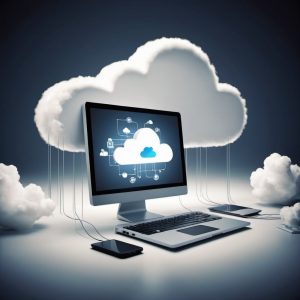
Today I had a long discussion with someone that wanted to know all about the ERP System, what it is like managing it and challenges we face. I decided that this was a great idea for the Blog so here it is.
What is the ERP System: The Enterprise Resource Planning system is used to manage, automate and maintain various business functions. It is designed to streamline operations, improve efficiency and provide a central information source.
This is a critical business system as it serves a a number of key business areas, like Finance, Billing, HR, Payroll and Supply Chain. What are some key items to be aware of.
System Uptime and Availability: The ERP system in a Healthcare Institution is required 24/7, either by direct user requests or by any number of downstream applications. These applications look to the ERP data as the source of truth so downtime will really affect operations and could affect revenue.
System Maintenance and Upgrades: The ERP system needs to be regularly maintained, with updates and patches applied as necessary to ensure it runs smoothly and is reliable. However work can only be carried out in previously agreed maintenance windows to ensure minimal impact to users and the business.
Data Security and Compliance: Most of the data on the ERP is highly sensitive. It is critical to ensure data accuracy and security, with relevant access controls in place with strict security protocols. Any breaches or data errors could have business and legal ramifications with ethical ramifications.
Integration with Multiple Downstream Systems: The ERP integrates with many systems like the Electronic Medical Records (EMR), Document Management System, Time and Attendance System, Organizational Policy System and many others. All these systems depend on the ERP data for them to function accurately.
Performance and Scalability: Due to the critical nature of the system there are periods when demand and utilization increases. The system needs to be able to meet the increase in load and demand. We always planned ahead and worked with the Infrastructure team to allocate extra backend resources if required.
Customization Requests: The Business users occasionally require customization as part of their improvement plans. These requests are implemented and prioritized based on how they affect the business. They are agreed and deployed in phases depending on the level of development effort required.
Change Management: The ERP is a closely guarded system. No changes are applied without demonstrating a good business case, getting presented to and approved by the Change Board.
Vendor Management: We maintain a close relationship with our vendors for visibility of product roadmaps (new features or improvements). Also for managing support or development requests.
Business Continuity and Disaster Recovery: We had a robust plan in place which was reviewed annually and tested to ensure it met the needs of the Institution.
The ERP is critical to the business as it helps manage operations effectively, improve productivity, adapt to changes and remain competitive.






